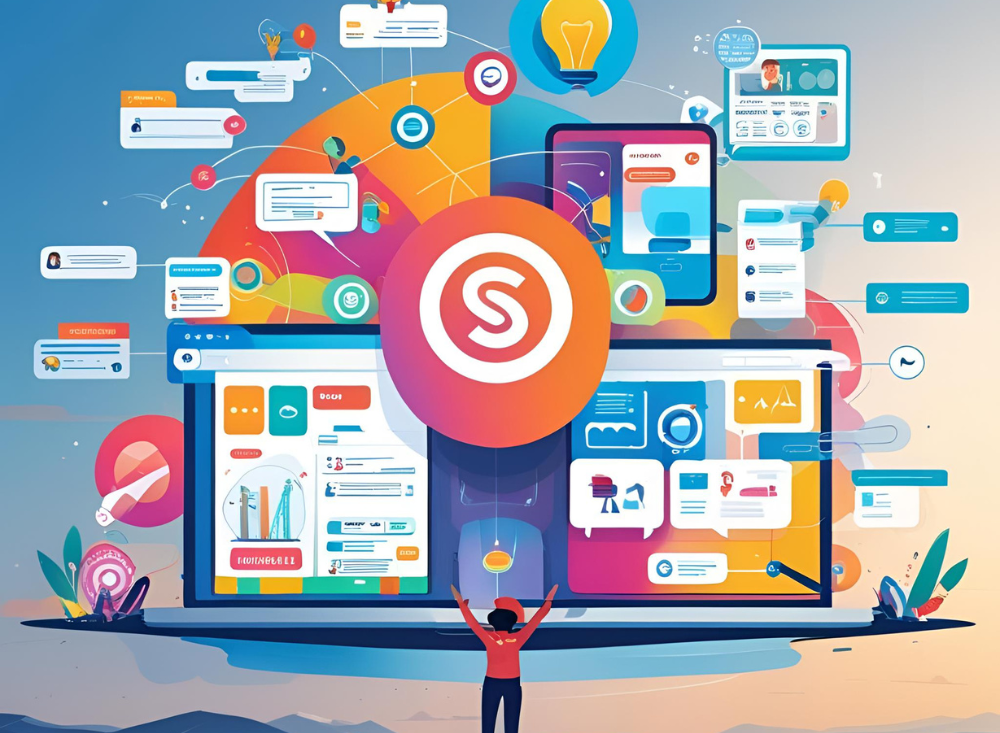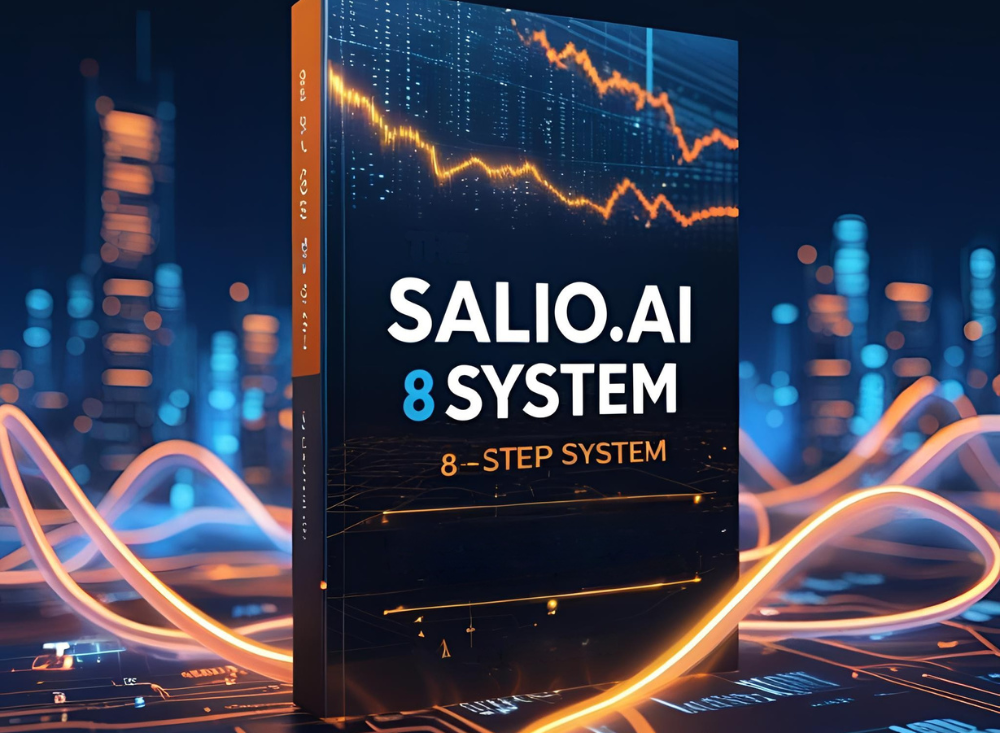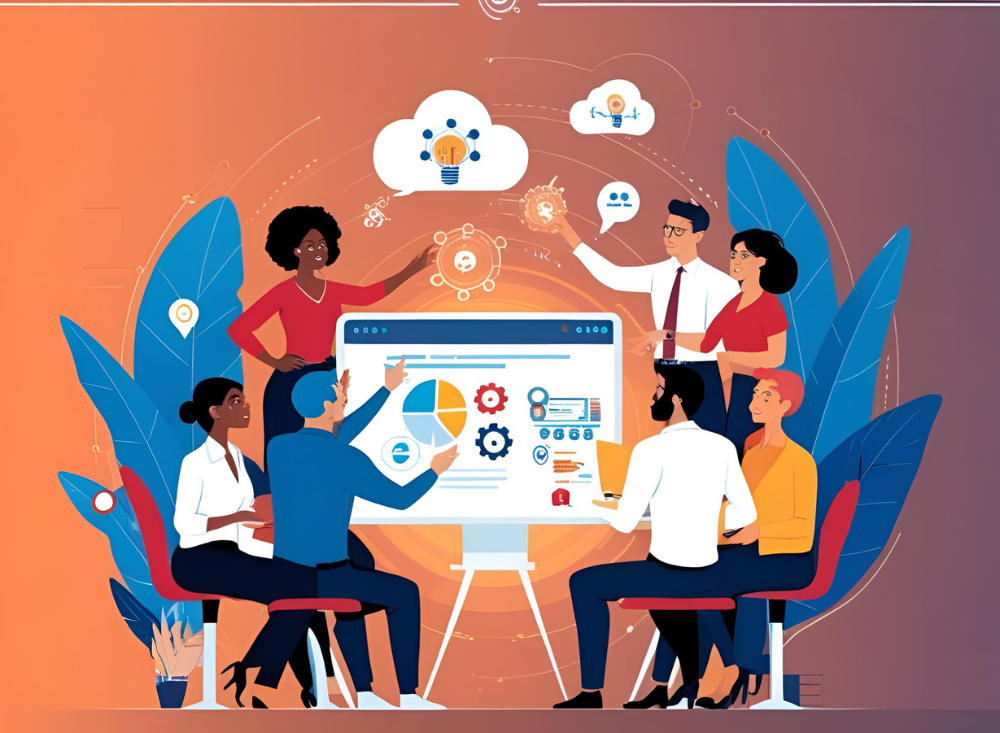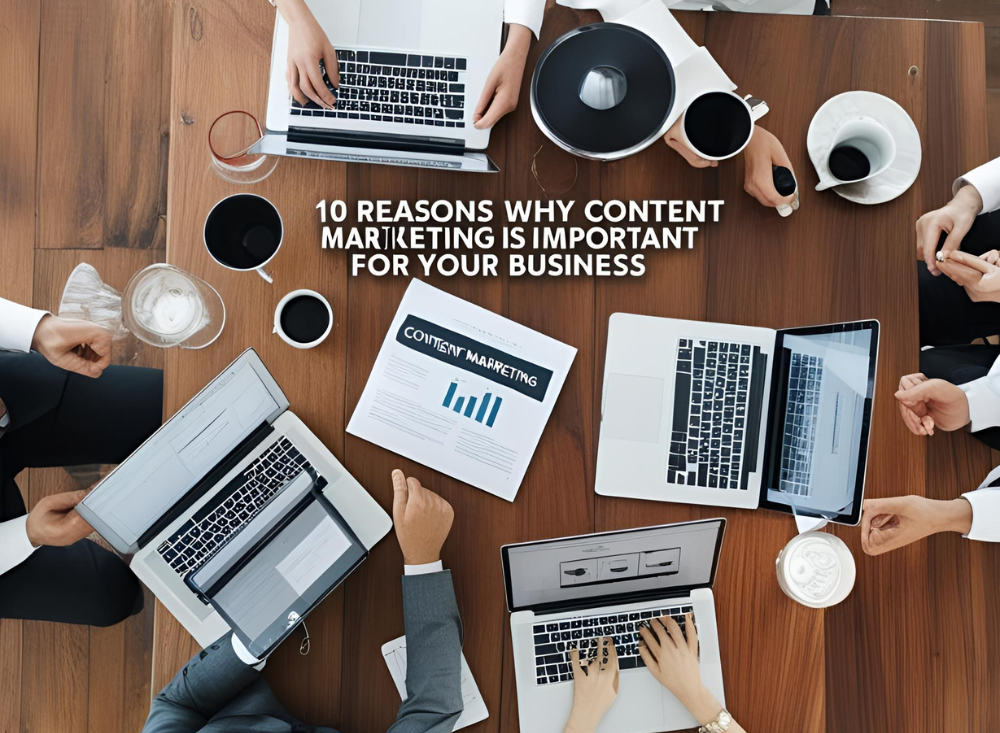
In today’s fast-paced digital landscape, marketing teams face mounting pressure to do more with less. Tight timelines, fragmented tools, manual execution, and a one-size-fits-all approach often lead to inefficient campaigns and missed opportunities. Salio.ai is emerging as a game-changing platform designed specifically to tackle these challenges head-on. By combining powerful AI capabilities with intuitive workflows and personalized content delivery, Salio.ai enables marketers to elevate engagement, streamline execution, and convert interest into impact.
Understanding the Modern Marketing Challenge
Before delving into what makes Salio.ai so powerful, it’s essential to examine the core problems plaguing marketing teams today:
- Manual Execution: Many marketing campaigns still rely heavily on repetitive, manual tasks that consume valuable time and lead to inconsistency.
- Generic Content: Audiences have grown immune to one-size-fits-all messaging. Without personalization, even the most well-designed campaigns fall flat.
- Limited Data Insights: Fragmented systems and siloed analytics make it difficult to understand what’s working and where to optimize.
Salio.ai steps in as a comprehensive solution to these persistent pain points, providing a centralized platform where automation, personalization, and actionable insights converge.
What is Salio.ai?
Salio.ai is an AI-powered marketing platform built to unlock high-performance engagement across the buyer journey. By replacing manual tasks with intelligent automation and enabling real-time, personalized content delivery, Salio.ai allows marketing teams to focus on strategy, creativity, and conversions.
Unlike traditional marketing platforms that simply facilitate outreach, Salio.ai is designed to drive participation and foster genuine interactions. Whether you’re running a virtual event, webinar, content series, or email campaign, Salio.ai provides the tools and intelligence needed to convert passive viewers into active participants — and ultimately, qualified leads.
Key Features That Set Salio.ai Apart
1. AI-Powered Nurture Beyond Live Events
One of Salio.ai’s standout features is its ability to continue the conversation after a live event ends. Traditional event marketing often ends once the webinar or conference concludes. Salio.ai ensures engagement continues through AI-driven nurture streams that adapt based on user behavior.
This ongoing engagement strategy means your prospects remain connected to your brand, gradually moving down the funnel even if they didn’t take immediate action during a live session.
2. 20+ Interactive Tools for Maximum Participation
Static content is a thing of the past. Salio.ai offers 20+ interactive tools that foster real-time engagement. From polls, quizzes, surveys, and chat functions to dynamic CTAs and branching journeys, these tools are purpose-built to encourage participation at every stage of the buyer journey.
The interactivity doesn’t just keep users engaged — it also generates valuable behavioral data that feeds directly into your analytics and future content strategies.
3. Personalized Content Delivery
Generic content is no longer effective in a world where personalization drives conversion. Salio.ai uses AI to dynamically adjust content delivery based on individual user behavior, preferences, and engagement history. Whether it’s recommending the next piece of content or tailoring follow-up messages, Salio.ai ensures that every interaction feels relevant and personalized.
This not only improves user experience but significantly boosts the likelihood of conversion by aligning content with buyer intent.
4. Streamlined Workflows
Gone are the days of toggling between disjointed tools. Salio.ai brings all critical marketing functionalities under one roof. From campaign creation and content deployment to lead nurturing and performance analysis, the platform enables streamlined workflows that reduce complexity and save time.
This holistic approach empowers teams to focus less on logistics and more on results, ultimately increasing speed to market and campaign ROI.
5. Deep, Actionable Insights
Understanding performance is key to optimization. Salio.ai offers comprehensive analytics that go beyond vanity metrics. By leveraging AI, the platform provides actionable insights into user behavior, content performance, and engagement trends.
Marketers can quickly identify which assets are driving results, where drop-offs are occurring, and how to optimize for better performance in real time. These insights fuel smarter decisions and more effective strategies.
Transforming Static Presentations into Dynamic Engagement
A core value proposition of Salio.ai is its ability to turn static presentations into dynamic, interactive experiences. Whether it’s a virtual product demo, customer onboarding session, or thought leadership webinar, Salio.ai transforms traditional, linear formats into responsive environments where audiences can engage on their terms.
This shift from passive to participatory experience drives deeper connection and better retention — two key factors in moving prospects further down the funnel.
Real-World Impact: From Prospects to Opportunities
The true measure of any marketing platform lies in its ability to generate qualified opportunities, not just clicks or views. Salio.ai excels here by:
- Facilitating high-quality engagement that signals intent.
- Automatically scoring leads based on interaction depth and content consumption.
- Enabling timely, personalized follow-ups that increase conversion potential.
By connecting marketing efforts directly to pipeline outcomes, Salio.ai helps teams demonstrate real business value from their campaigns.
Benefits at a Glance
Here’s a summary of how Salio.ai revolutionizes marketing operations:
ChallengeSalio.ai SolutionBenefitManual executionAI-driven automationSaves time, reduces errorsGeneric experiencesPersonalized content deliveryHigher engagement & conversionSiloed insightsUnified data and analyticsSmarter decisions, fasterPassive webinarsInteractive event toolsReal-time participationLead drop-off post-eventAI-powered nurtureContinual engagement, better pipeline
Designed for the Modern Marketer
Salio.ai is not just for large enterprise teams. Its scalable architecture and intuitive interface make it a valuable asset for teams of all sizes — from lean startups to large marketing departments. The platform’s design philosophy emphasizes usability, automation, and agility, helping marketers stay ahead of the curve in an ever-evolving landscape.
Future-Proofing Your Marketing with Salio.ai
As the lines between marketing, sales, and customer experience continue to blur, platforms like Salio.ai are defining what the future of engagement looks like. Its ability to integrate AI, data, and interactivity into a seamless experience puts it in a league of its own.
By investing in Salio.ai, businesses position themselves to not only meet today’s marketing demands but also adapt and thrive in tomorrow’s digital ecosystem.
Conclusion
In a world where attention is scarce and competition is fierce, Salio.ai offers a powerful advantage. Its AI-powered capabilities, interactive tools, and personalized delivery systems address the root causes of marketing inefficiency and underperformance. More than just a platform, Salio.ai is a strategic partner in turning every marketing touchpoint into a measurable business opportunity.
Whether you’re seeking to automate execution, improve personalization, or turn passive viewers into pipeline-ready leads, Salio.ai delivers the intelligence, interactivity, and impact your marketing strategy needs.
Salio.ai isn’t just changing the way marketing teams operate — it’s redefining what engagement means in the digital age.








